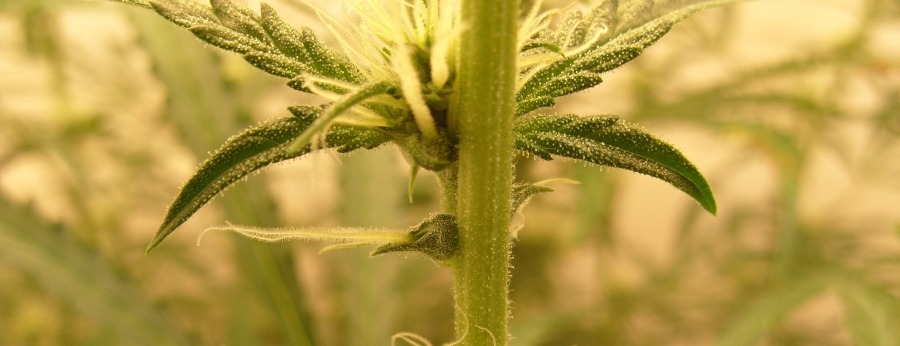
Male or Female? Sexing Marijuana Plants
Sexing marijuana plants is very important for growers. If this is left unchecked, one plant could destroy an entire crop.
Female and Male Marijuana Plant
Male and female marijuana plants are very different. The main function of a male plant is to collect pollen. This is used to fertilize the female marijuana plant. Eventually, the pollen sac containing that pollen will burst open. When it does, it will rain down on any female plants in the area. Those female plants will then turn their flowers to seed, leaving no buds for the grower.
This can be beneficial for breeders looking to create a new strain or breed more seeds. For most growers though, it is an undesirable outcome. This is why sexing marijuana plants before that happens is so important.
Sexing marijuana plants can be done before the plant reaches full maturity. For males, it can be done when the plant is three to four weeks old. Females can be sexed when they are four to six weeks old. These timeframes are when the pre-flowers will develop.
Within the stem of every marijuana plant, there are stipules. These appear within nodes, in order to support the flower. While the stipules cannot be seen, the nodes can. This is the area where the branch shoots out from the stem. This is where the pollen sac will appear on males, and the buds will form on females.
Pollen sacs on male plants look like small balls. They do not have anything shooting out from them and are fairly symmetrical in shape. They sit right within the node and will continue to until maturity.
Pre-flowers on female plants look quite different. These are elongated and while still symmetrical, are not a ball shape. This pre-flower is known as a calyx, and not a pollen sac. From the calyx pistils will form. These appear as long white hairs, stemming right from the calyx. The calyx will later develop into a bud, or flower.
How to Sex a Marijuana Plant
Looking at the anatomy of a marijuana plant is a great way to sex marijuana plants. However, sexing marijuana plants can be done throughout the entire grow stage as well.
Step 1: Watch how they germinate
This is by no means a foolproof way to determine sex. Many growers have found though, that different sexes of marijuana geminate differently. If the sprout emerges from the seed at the top of bottom, it is likely a female. If the sprout germinates out the side, there is a good chance it is male. But the only way to be 100% sure of gender is to look at their pre-flowers when they develop.
Step 2: Identify growth patterns
Some growers find they can sex their plants during the vegetative stage. This method is most successful if the plants are being grown outdoors or otherwise getting natural light. As the plant grows, females will have more branches. Males tend to be shorter and have fewer branches. While this stage is too early to tell if plants are male or female, it is a good starting point to see which plants need to be watched more carefully later on.
Step 3: Watch for maturity
Although male plants will be shorter during the vegetative stage, they will mature faster than females. This means they will soon start to grow taller. This enables them to drop the pollen in their sacs onto the females and fertilize them. In addition to being taller, male plants will also start to develop pollen sacs as they continue to reach maturity.
Step 4: Look for flowers and pistils
If height and age are not good enough indications, growers can wait until their plant begins to flower. The pollen sacs on a male will open to reveal small white or yellow flowers. Female plants will not show these characteristics. They will form the sticky pistils, meant for catching the pollen dropped on them by the male.
Hermaphrodite Cannabis (Hermies and Nanners)
Sometimes throughout the growth stage, plants will show both female and male parts. This is known as a hermaphrodite, or a hermie, plant. When it happens, it can make sexing marijuana plants even more difficult.
There are two different types of hermie marijuana plants. The first is when the plant simply has both a calyx and pistil and a pollen sac. In these instances, these two anatomical parts will be in separate areas of the plant. Although they may grow close together.
The second type of hermie plant is known as a banana, or nanner for short. In these cases, the pollen sac protrudes from the bud. It is generally longer in shape and hangs down, like a banana. Sometimes, these nanners grow in a bunch, also just like bananas.
If a plant is a hermaphrodite, it is likely due to stress during the grow period. For this reason, it’s important to ensure there are no light leaks in indoor grow spaces and that temperatures are not too high. Outdoors, if a branch snaps off and is then repaired, this could also cause stress that makes the plant turn into a hermie. The other reason for getting a hermie, which is less common, is the marijuana plant is predisposed to hermaphrodite tendencies. This means it is within the genetic makeup of the plant.
Can you sex cannabis seeds?
While sexing marijuana plants that have already begun growing is easy, sexing cannabis seeds is not. In fact, it cannot be done.
This is because environmental factors during the first few weeks of life can greatly affect a plant’s ultimate gender. The plant is not yet sure of what sex it will be and as such, the grower cannot be certain either.
Using the process of identifying where the seeds sprout is the closest one can come to determine the sex of a seed. However, this still has about a 90 percent success rate and is not foolproof.
Conclusion
Sexing cannabis plants before they reach full maturity is important for any grower. It will ensure they yield the buds they are after. It will also ensure they don’t destroy an entire crop because a male turned the female plants beautiful buds into seeds. Following these steps, sexing your marijuana plant will be a breeze!
One Reply to “Male or Female? Sexing Marijuana Plants”
Leave a Reply
You must be logged in to post a comment.



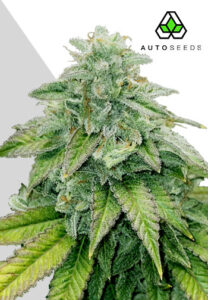
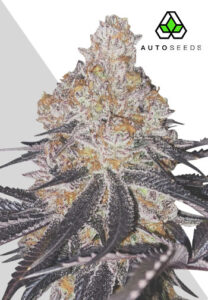
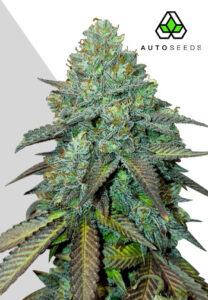
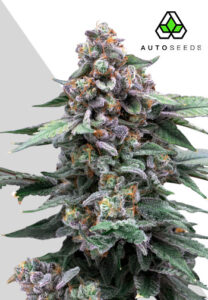
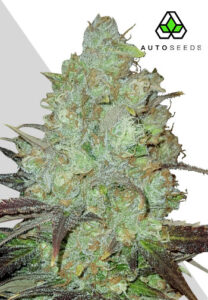
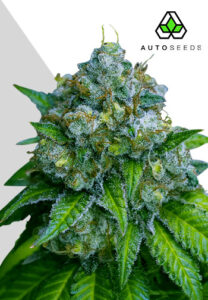
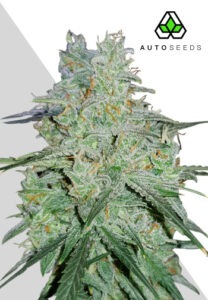
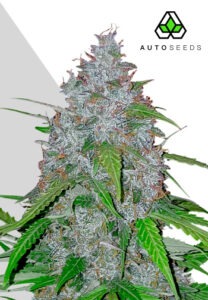
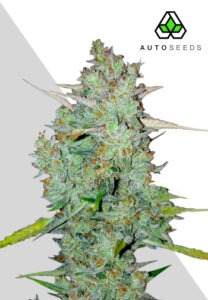
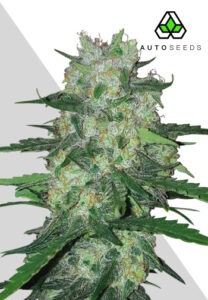
I only use feminized autos. Saves time and space for seedlings. A bit expensive but better in the long run. I’m going to mix my own soil this time around.